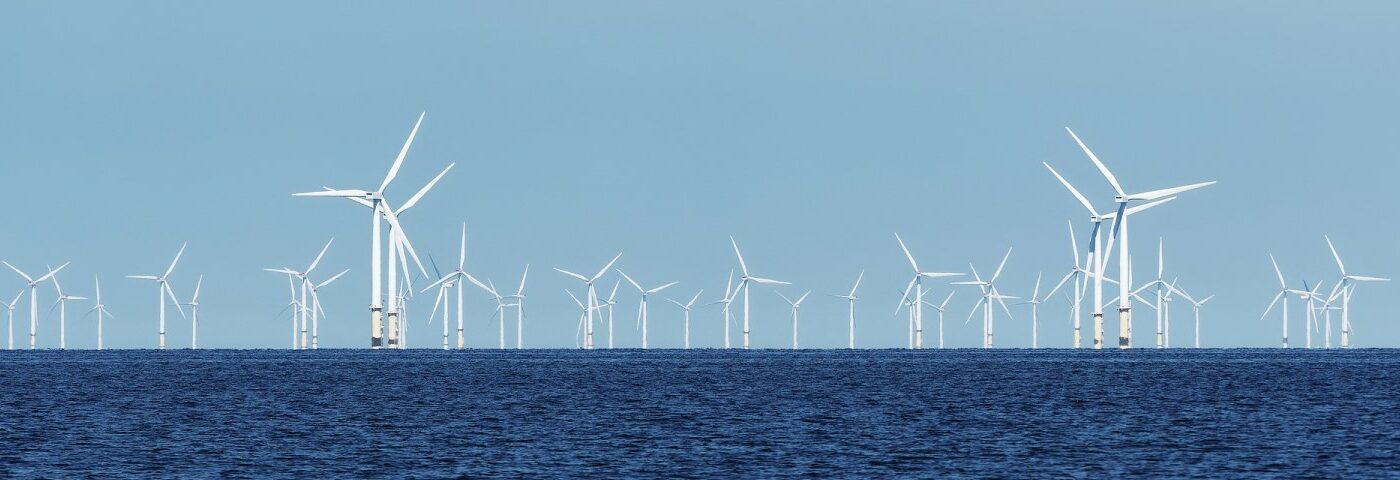Key Highlights
- The Bureau of Ocean Energy Management (BOEM) is leasing offshore tracts in the Gulf of Mexico to generate enough wind power for 10 million people by 2030 as part of President Joe Biden's goal.
- Businesses leasing the Gulf of Mexico offshore land seek to use the region's abundant solar and wind resources to create renewable hydrogen to power industries and reduce carbon emissions.
- UK wind power generation reached 87.2%.
- National Grid, the UK's electrical system operator (ESO), reported a wind turbine record of 20.91 GW on December 30th.
- Recent warmer weather in the UK and Europe has reduced customer demand for wholesale gas, lowering costs. It also reduced the National Grid's predicted winter power disruptions.
It is known that wind power is one of the earliest forms of energy that people have utilised. Furthermore, wind power is now the renewable energy source that is most well-established and efficient. Not only does it not contribute to the production of any greenhouse gases, but it is also sourced locally, has a limitless supply, is extremely competitive, and contributes to the creation of both wealth and employment.
With these, countries continue to explore the possibilities that wind energy can provide. Some countries are even leading the transition to wind energy. Countries all over the world are trying to increase the amount of renewable energy they use and the number of building permits they give out. This is reflected in the competition to build wind turbines that are bigger and better.
The potential benefits of wind power over fossil fuels in the US
The proposed installation of offshore wind farms in the Gulf of Mexico by the Biden administration has the potential to generate enough electricity to supply 3.1 million homes in the states of Texas and Louisiana. As part of President Joe Biden's ambition to generate enough wind power for 10 million households by 2030, the federal government, through the Bureau of Ocean Energy Management (BOEM), is now looking to the Gulf of Mexico to lease offshore tracts for offshore wind.
Many businesses with an eye on leasing Gulf of Mexico offshore land hope to harness the region's plentiful solar and wind resources to generate renewable hydrogen to power factories and cut down on carbon emissions. They are keeping a close eye on the viability of offshore wind farms as an alternative source of energy for oil refining, steel manufacturing, fertiliser production, and other types of industrial activities.
Instead of using standard hydrogen produced from fossil fuels, the so-called "green" hydrogen could be brought to shore via the Gulf's large oil and gas pipeline network. Advocates claim that switching to green hydrogen may cut the state's carbon emissions by as much as 68% and set off an economic renaissance. Taproot Earth's national policy director, Kendall Dix, has remarked that if they want a climate and people-friendly energy system, they should prioritise the expansion of renewable energy and the use of that energy to benefit people.
About ten businesses responded to the government's call for comments by expressing an interest in developing offshore wind farms in the Gulf of Mexico. In a lengthy eight-page letter to BOEM, Shell New Energies explains its plans to develop a "lower carbon power business" through green hydrogen generation. Electricity provider Entergy has indicated an interest in expanding its wind farm construction to provide conventional renewable power.
A new high in wind power production in the UK
The United Kingdom's wind power output has increased to a new high of 87.2%. An all-time high of 20.91 GW was generated by wind turbines on December 30th, according to the UK's electrical system operator (ESO), National Grid.
The rapid improvement in the weather that came after a prolonged period of subzero temperatures that had gripped Britain and Europe is primarily responsible for the surge in wind generation. Gas-fired generation accounted for roughly 60% of the UK's power output at times, while emergency coal-fired power units at Drax in North Yorkshire were put on standby but ultimately not deployed. Wholesale gas prices have dropped as a result of less demand from customers as a result of warmer weather in the UK and Europe in recent days. Furthermore, it has lessened the likelihood of power outages this winter, something National Grid has previously warned about.
According to the ESO, a new high was reached for the percentage of the grid's electricity that comes from carbon-free sources like renewables and nuclear. However, the development of wind power is one of the most important steps in Britain's quest for zero emissions. As a result of a consultation that will go through March, Prime Minister Rishi Sunak is widely expected to lift the ban on onshore wind development.
Using wind power to its full potential helps fight climate change by lowering the reliance on fossil fuels. With this, it also lowers emissions of carbon dioxide and other gases that contribute to the greenhouse effect. In addition to facilitating energy independence, wind power is an important component of sustainable development that may provide tangible financial benefits to nations that embrace it.
Whether you have previously participated in All-Energy & Dcarbonise, or are joining us for the first time, we look forward to seeing you in Glasgow in May 10-11, 2023

